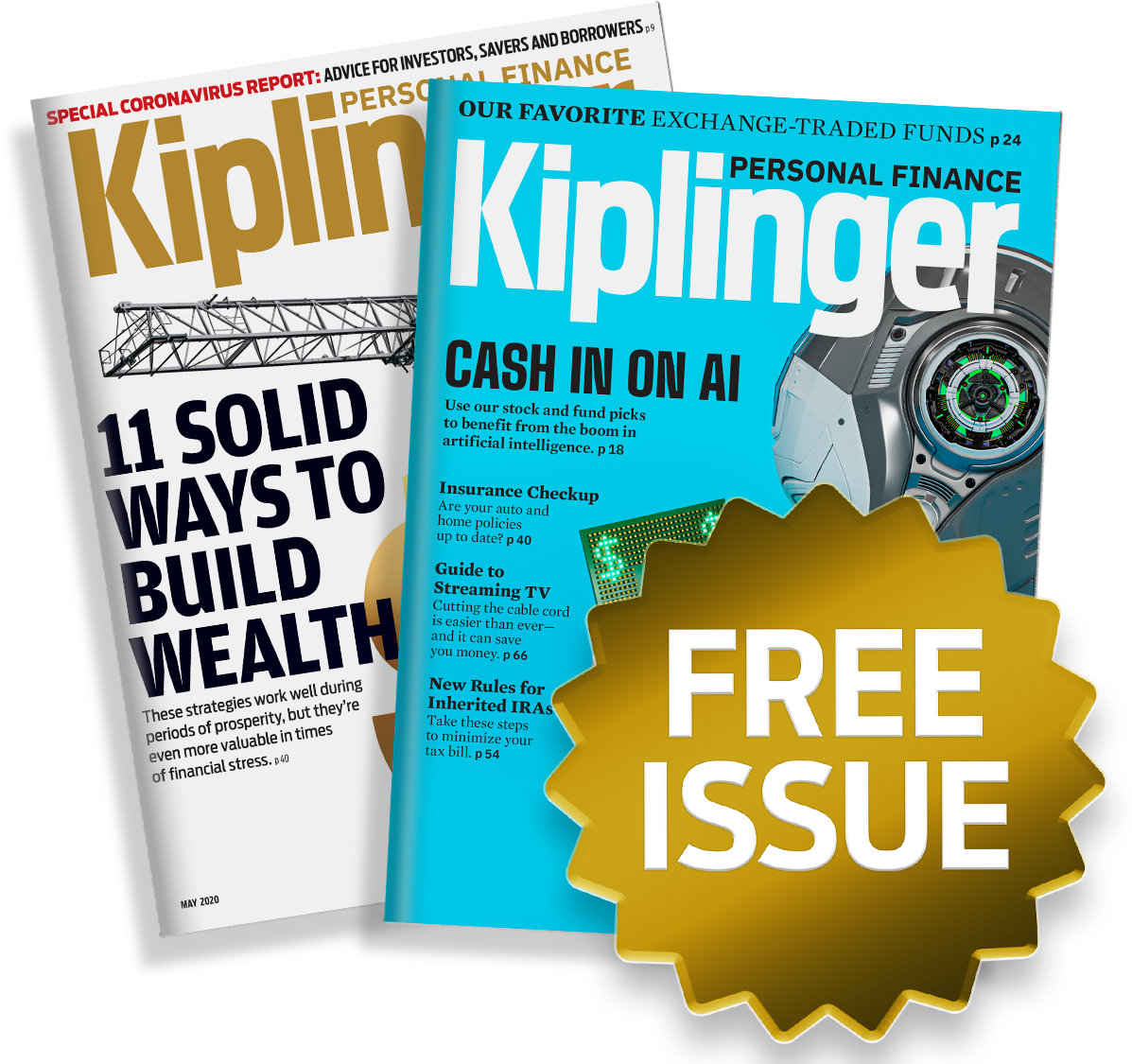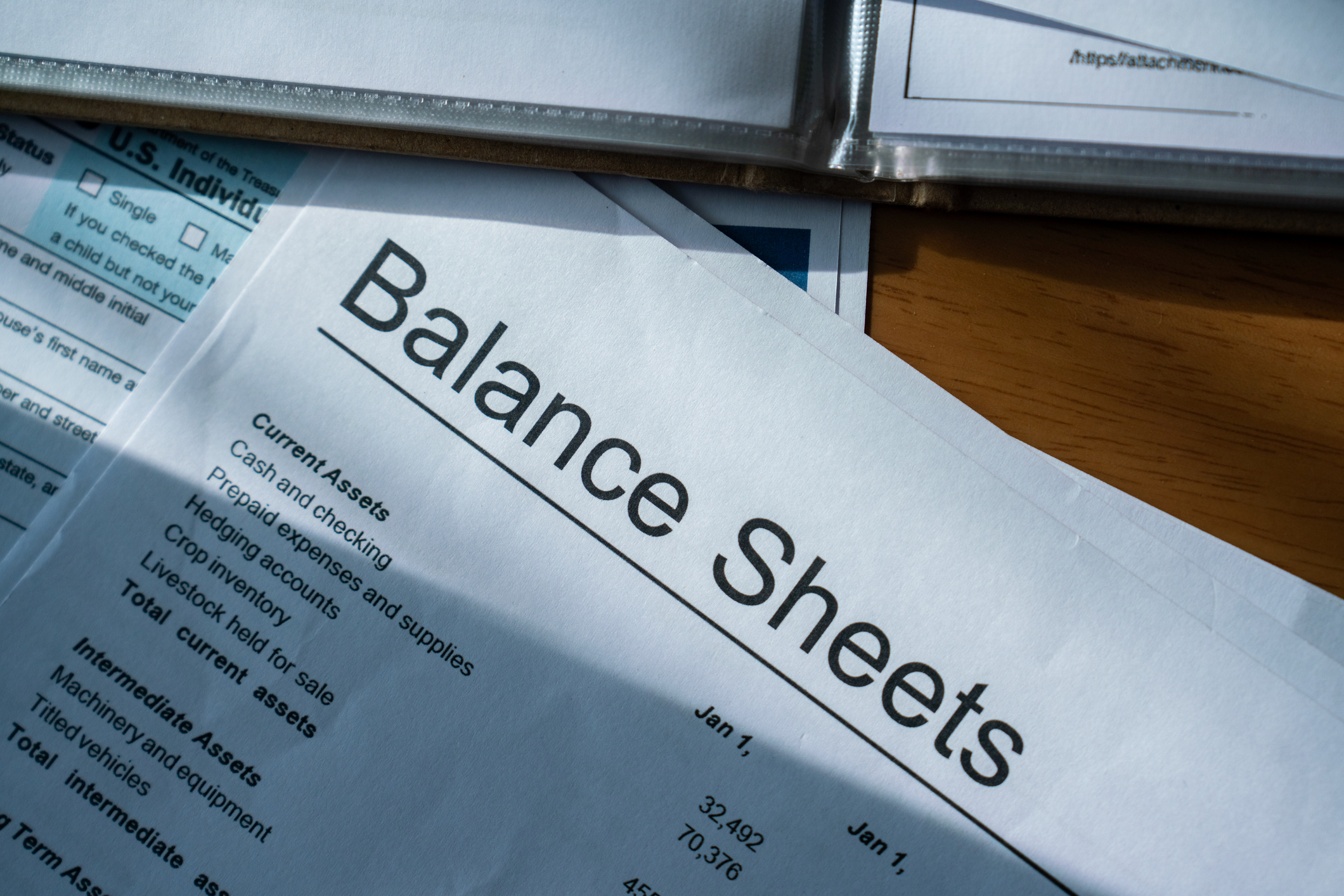Kiplinger Jobs Outlook: Hiring Continuing at Reduced Levels
Lack of official jobs data clouds the picture, but it appears that hiring is downshifting.

Kiplinger’s Economic Outlooks are written by the staff of our weekly Kiplinger Letter and are unavailable elsewhere. Click here for a free issue of The Kiplinger Letter or to subscribe for the latest trends and forecasts from our highly experienced Kiplinger Letter team.
No official payroll employment data are available during the government shutdown, but it appears that hiring may have picked up slightly in September, after only 22,000 jobs were added in August. Guesstimates are that 50,000 jobs were added in September. When released, October data is likely to show a net job loss, given that 100,000 or so federal workers who took buyouts earlier in the year will be removed from the federal job rolls for the first time.
Data that are available appear to indicate a leveling off, rather than further deterioration. State initial unemployment claims excluding government workers have not picked up, and WARN notices, which are required when companies are announcing large layoffs, have not risen, either. But Indeed.com job postings, which tend to track the official job openings data, have continued to trend down. That indicates the current low hiring environment is likely to continue.
Few sectors appear to be adding jobs outside of health care and social assistance. The unemployment rate has likely edged up to 4.4%, and the length of time workers are staying unemployed on average likely remains elevated, as is the number who are forced to work part-time because of poor economic conditions. The unemployment rate is likely to continue to edge up through the first half of next year, peaking at 4.7% before retreating to 4.5% by year-end 2026.
Wage growth was reported in August to be 3.7% at an annual pace, and is expected to slow to 3.5% by the end of the year. Wage growth tends to lag other labor market indicators.
From just $107.88 $24.99 for Kiplinger Personal Finance
Be a smarter, better informed investor.

Sign up for Kiplinger’s Free Newsletters
Profit and prosper with the best of expert advice on investing, taxes, retirement, personal finance and more - straight to your e-mail.
Profit and prosper with the best of expert advice - straight to your e-mail.
Consumer and business uncertainty about the economy will continue to delay hiring plans and should slow future pay gains. Hiring is often deferred when consumers are concerned about losing their jobs, or when businesses don’t know if there will be a positive return to investing in additional workers. Prior to the tariffs, we expected monthly job growth of about 150,000 new positions to continue. Now, job growth could disappear almost entirely if enough employers decide to hold off on hiring while they sort out the effects of the new tariffs on both their businesses and on the economy as a whole.
The payroll employment release is important to the Federal Reserve for two reasons: First, one of the Fed’s two mandates is to support employment. Second, employment is a more reliable indicator of recession than the initial GDP estimates. The Fed needs accurate employment numbers to tell it when to either step on the gas or hit the brakes by cutting or raising interest rates. Currently, the Fed is expected to stay on the gas at its policy meetings on October 29 and December 10 with quarter-point cuts, based on the current best guess that job market weakness is continuing.
Related Content
Profit and prosper with the best of Kiplinger's advice on investing, taxes, retirement, personal finance and much more. Delivered daily. Enter your email in the box and click Sign Me Up.

David is both staff economist and reporter for The Kiplinger Letter, overseeing Kiplinger forecasts for the U.S. and world economies. Previously, he was senior principal economist in the Center for Forecasting and Modeling at IHS/GlobalInsight, and an economist in the Chief Economist's Office of the U.S. Department of Commerce. David has co-written weekly reports on economic conditions since 1992, and has forecasted GDP and its components since 1995, beating the Blue Chip Indicators forecasts two-thirds of the time. David is a Certified Business Economist as recognized by the National Association for Business Economics. He has two master's degrees and is ABD in economics from the University of North Carolina at Chapel Hill.
-
 Stocks Rally as Investors Buy the Dip: Stock Market Today
Stocks Rally as Investors Buy the Dip: Stock Market TodayMost sectors are "go" only a day after talk of bubbles, extended valuations and narrow breadth undermined any kind of exuberance.
-
 Elon Musk's $1 Trillion Pay Package Vote: What's at Stake for Tesla Stock
Elon Musk's $1 Trillion Pay Package Vote: What's at Stake for Tesla StockTesla shareholders are voting this week on a massive pay package for CEO Elon Musk. Here's what it means for the Mag 7 stock.
-
 Stocks Rally as Investors Buy the Dip: Stock Market Today
Stocks Rally as Investors Buy the Dip: Stock Market TodayMost sectors are "go" only a day after talk of bubbles, extended valuations and narrow breadth undermined any kind of exuberance.
-
 Elon Musk's $1 Trillion Pay Package Vote: What's at Stake for Tesla Stock
Elon Musk's $1 Trillion Pay Package Vote: What's at Stake for Tesla StockTesla shareholders are voting this week on a massive pay package for CEO Elon Musk. Here's what it means for the Mag 7 stock.
-
 How to Read a Company's Balance Sheet Like a Stock Pro
How to Read a Company's Balance Sheet Like a Stock ProKnowing how to read this financial statement can help you separate strong companies from struggling ones.
-
 How to Choose the Best Charities to Donate To
How to Choose the Best Charities to Donate ToWhile you set your giving strategy, think about your values, and select organizations that will put your contributions to good use.
-
 I'm a Financial Planner: This Is Why Commitment, Not Perfection, Drives Financial Success
I'm a Financial Planner: This Is Why Commitment, Not Perfection, Drives Financial SuccessMeeting your goals is more likely if you stick to your strategy despite market volatility and scary headlines. Consistency makes a difference.
-
 I'm a Financial Professional: This Is Why Now Is the Time for Investors to Look Abroad
I'm a Financial Professional: This Is Why Now Is the Time for Investors to Look AbroadExtreme U.S. market concentration has made international equities not just a diversification play, but a timely opportunity.
-
 Four Ways to Make the Most of Your Benefits During Open Enrollment
Four Ways to Make the Most of Your Benefits During Open EnrollmentOpen enrollment is a chance to make sure you're getting every ounce of value from your workplace benefits and on track to reach your long-term financial goals.
-
 Stocks Retreat as Bubble Worries Ramp Up: Stock Market Today
Stocks Retreat as Bubble Worries Ramp Up: Stock Market TodayValuation concerns took hold on Wall Street today, sending Palantir and its fellow tech stocks lower.